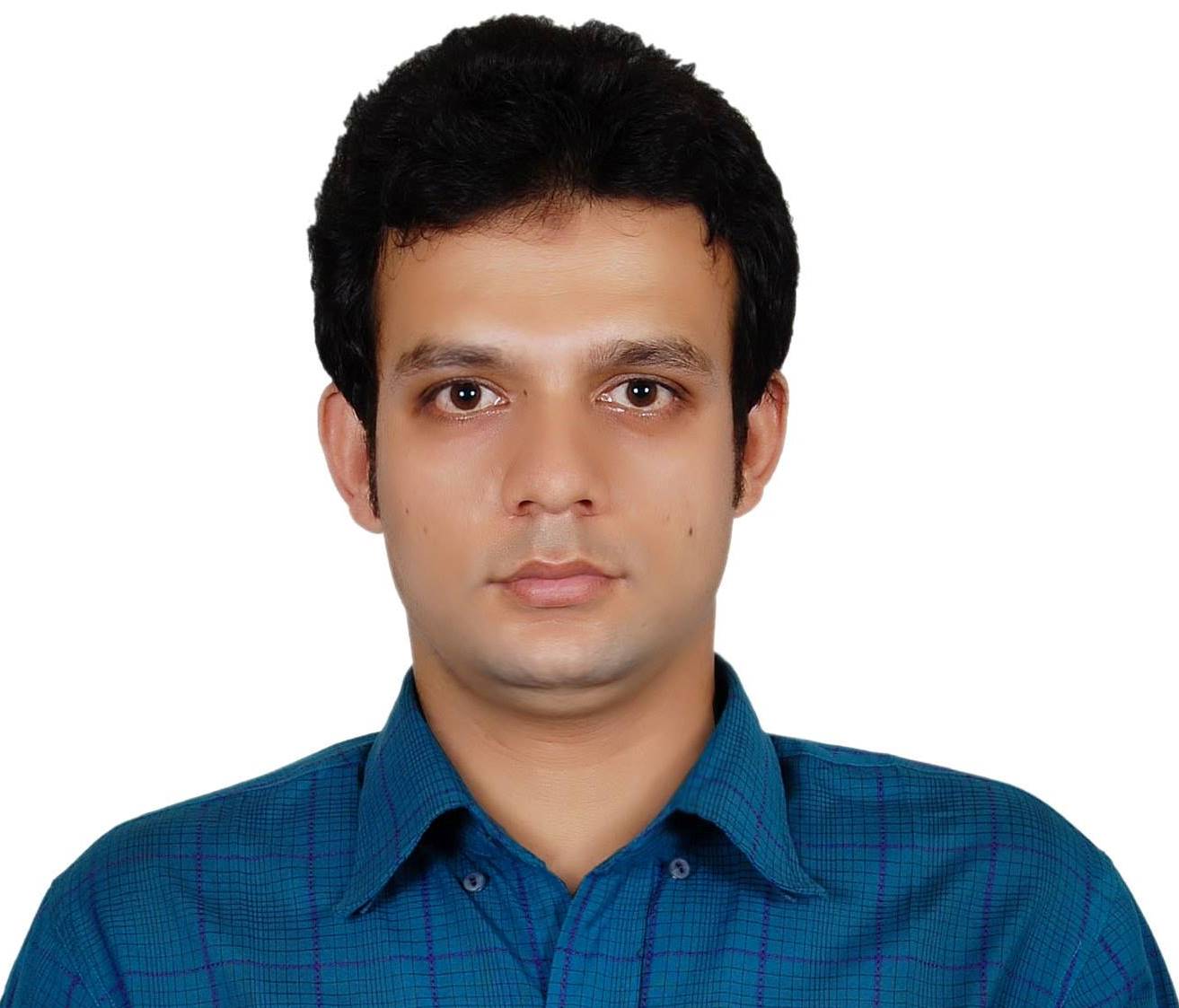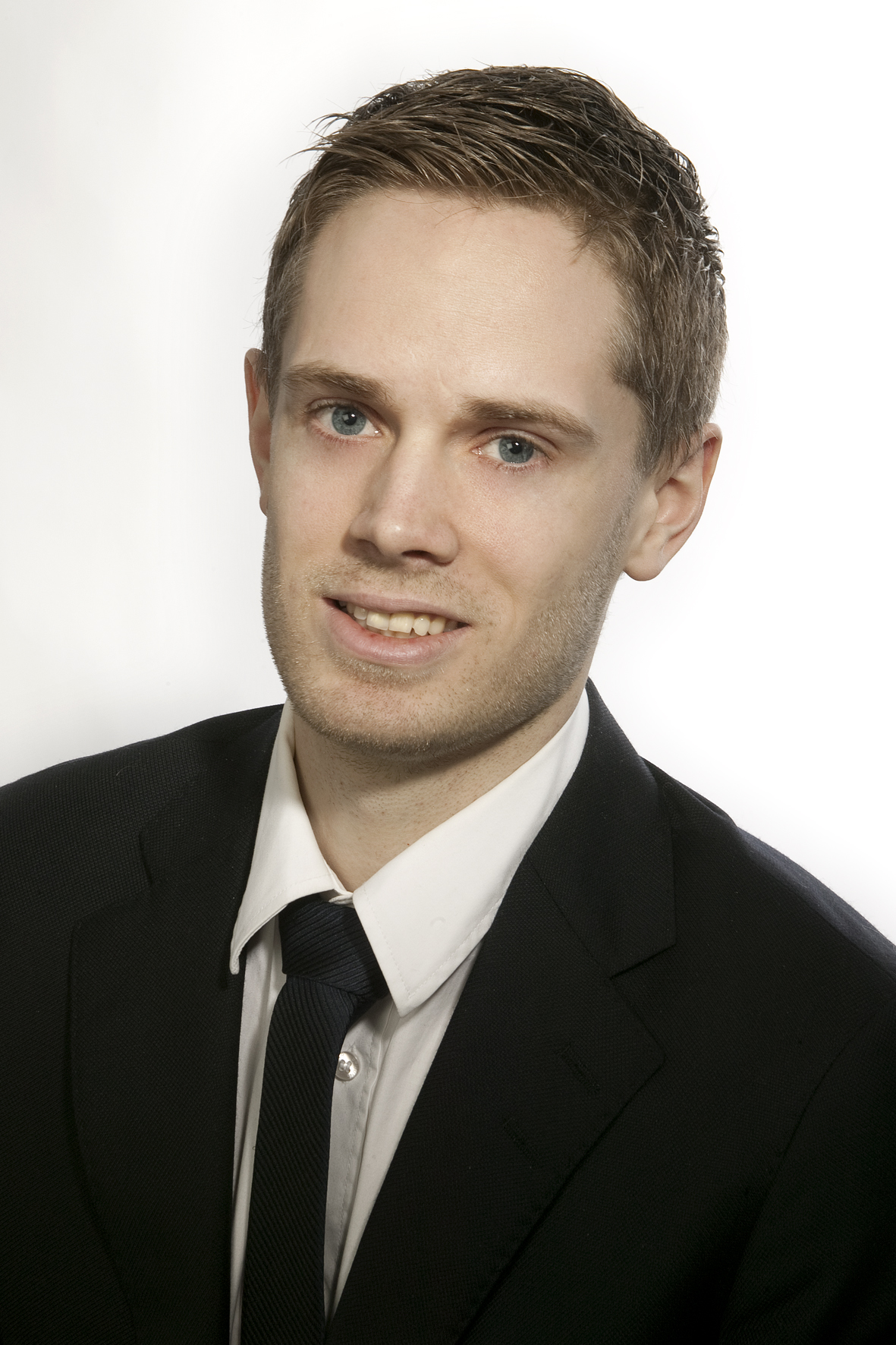Research - Joint Research Centre of SJTU and NTNU within Sustainable Energy
Research
An overview of our joint publications and related PhD projects.
Joint publications
Research group: “Energy in Buildings”
2015 Journal publication (Joint): Good, Clara Stina; Chen, Jinfeng; Dai, Yanjun; Hestnes, Anne Grete. “Hybrid photovoltaic-thermal systems in buildings – a review”. Energy Procedia 2015; Volume 70. pp. 683-690
2015 Journal publication (Joint): Sun, X.; Dai, Y.; Novakovic, V.; Wu, J.; Wang, R.: “Performance Comparison of Direct Expansion Solar-assisted Heat Pump and Conventional Air Source Heat Pump for Domestic Hot Water”. Energy Procedia. 2015, Vol. 70.
2016 Journal publication (Joint): Jinfeng Chen, Yanjun Dai, Clara Good, Annemie Wyckmans,”Experimental and theoretical study on solar assisted CO2 heat pump for space heating”. Renewable energy (under review)
2016 Journal publication (Joint): Clara Good, Jinfeng Chen, Yanjun Dai, Anne Grete Hestnes, “Hybrid photovoltaic-thermal systems in buildings – a review”. Energy Procedia (accepted)
2016 Journal publication (Joint): Carlucci, Salvatore; Lobaccaro, Gabriele; Li, Yong; Catto Lucchino, Elena; Ramaci, Roberta. “The effect of spatial and temporal randomness of stochastically generated occupancy schedules on the energy performance of a multiresidential building”. Energy and Buildings 2016
2016 Journal publication (Joint): Yu, Wang; Lobaccaro, Gabriele; Carlucci, Salvatore; Ruzhu, Wang; Yong, Li; Luca, Finocchiaro; Yanjun, Dai; Trygve, Magne Eikevik; Annemie, Wyckmans; “Sustainable energy in cities: methodology and results of a summer course providing smart solutions for a new district in Shanghai”, Energy Procedia (accepted)
Research group: “Refrigeration”
2013 Conference Presentation (Joint): H. Hu, T.M. Eikevik, P. Neksa, A. Hafner, Q. Huang, J. Ye; “Performance and economy analysis of a R744 heat pump system with an ambient air-cooled gas cooler and a ground heat exchanger to avoid unbalance of traditional ground source systems under different climatic conditions”. Proceedings of XV European Conference "The latest technology in air conditioning and refrigeration industry", June 7-8, 2013, Milano, Italy.
2013 Conference Presentation (Joint): H. Hu, T.M. Eikevik, P. Neksa, A. Hafner, D. Zhuang; “Parametric study on the performance of vertical ground source U-tube heat exchanger with long tube length”. Proceedings of XV European Conference "The latest technology in air conditioning and refrigeration industry", June 7-8, 2013, Milano, Italy.
2014 Conference Presentation (Joint): J. YE, T.M. Eikevik, P. Nekså, A. Hafner, G. Ding, H. Hu; “Performance and Economy Analysis of a Solar Assisted CO2 Ground Source Heat Pump with Air-Cooled Gas Cooler under Different Climate Conditions” 11th IIR Gustav Lorentzen Conference on Natural Working Fluids, September 2014, Hangzhou, China
2014 Journal (Joint): G. Zhao, T.M. Eikevik, Y. Li, T. Andersen, Y. Ladam; “Solar Driven Power Production using CO2 as Working Fluids”. 11th IIR Gustav Lorentzen Conference on Natural Working Fluids, September 2014, Hangzhou, China
2014 Conference Presentation (Joint): J. Xiong. R. Wang, T.M. Eikevik; “Use of ejectors to increase the energy efficiency of heat pump and refrigeration systems”. 11th IIR Gustav Lorentzen Conference on Natural Working Fluids, September 2014, Hangzhou, China
2014 Conference Presentation (Joint): Z. Jin, T.M. Eikevik, P. Nekså, A. Hafner, G. Ding, H. Hu; “Transient simulation of R744 hybrid ground coupled heat pump with modelica”. 11th IIR Gustav Lorentzen Conference on Natural Working Fluids, September 2014, Hangzhou, China
2015 Journal (Joint): Hu H, Eikevik T.M., Nekså P, Hafner A, Ding G., Huang Q., Ye J; “Performance analysis of a R744 ground source heat pump system with air-cooled and water-cooled gas coolers”.International Journal of Refrigeration, 2016, 63: 72–86.
2015 Journal (Joint): Xiong Jie, WANG Ruzhu, EIKEVIK Trygve Magne; “Mathematical Model and Experimental Validation for Mass Entrainment Ratio of Ejector System with Single Phase R744”. Chinese Journal of Refrigeration Technology, 2015, 35(2): 1-7.
2015 Journal (Joint): Zhao Geping, LI Yong, EIKEVIK Trygve Magne, et al; “Experimental Study of Rankine Cycle Power Generation Driven by Low-grade Heat Source Using CO2 as Working Fluid”. Chinese Journal of Refrigeration Technology, 2015, 35(5): 1-6.
2015 Journal (Joint): Ye Jingjing, HU Haitao, Ding Guoliang, EIKEVIK Trygve Magne; “Performance Analysis on CO2 Ground Source Heat Pump with Gas Cooler”. Chinese Journal of Refrigeration Technology, 2015, 35(5): 14-19,24.
2015 Journal (Joint): YE Jingjing, HU Haitao, DING Guoliang, EIKEVIK Trygve Magne; “Performance Analysis on Solar Assisted CO2 Ground Source Heat Pump”. Chinese Journal of Refrigeration Technology, 2015, 35(5): 1-6.
2015 Journal (Joint): Chen Weiqing, JU Yonglin, EIKEVIK Trygve Magne; “Performance simulation of boiling heat transfer and pressure drop of R290”. Cryo. & Supercond. 2015, 43(6): 55-60
2015 Conference Presentation (Joint): Solberg Erik, LIN Wensheng, EIKEVIK Trygve Magne;“CFD simulation of LNG regasification with propane intermediate fluid vaporizer”. The 4th China LNG Forum. Shanghai, China, March 2015
2015 Conference Presentation (Joint): Jin, Zhequan; Eikevik, M. Trygve; Nekså, Petter; Hafner, Armin; Ding, Guoliang; “Energy Performance of CO2 hybrid ground-coupled heat pumping system for hotel application”. I: proceedings of the 24th international congress of refrigeration. International institute of refrigeration 2015
2016 Conference Presentation (joint): R.Z. Wang; Z.Q. Jin; X.Q. Zhai; C.C. Jin; W.L. Luo; T.M. Eikevik: “Investigation on annual energy performance of a VWV air-source heat pump system”. Proceedings of the 29th international conference on Efficiency, Cost, Optimization, Simulation and Environmental impact of energy systems (ECOS), Slovenia 2016
2016 Patent H. Hu, J. Ye, G. Ding, T.M. Eikevik: “Multi-source assisted R744 ground source heat pump system” (in Chinese). (Published)
Research Group “Offshore Wind and Smart Grids”
2016 Journal (Joint): A. Rygg, M. Molinas, C. Zhang and X. Cai, “A modified sequence domain impedance definition and its equivalence to the dq-domain impedance definition for the stability analysis of AC power electronic systems”. Accepted for publications in IEEE Journal of selected and emerging topics of power electronics.
2016 Conference Presentation (Joint): A. Rygg, M. Molinas, C. Zhang and X. Cai: “Frequency-dependent source and load impedances in power systems based on power electronic converters”. The 19th Power Systems Computation Conference, June 2016, Genoa, Italy
2015 Conference Presentation (Joint): Mohammad Amin, Jing Lyu, M. Molinas: "Oscillatory Phenomena Between Wind Farms and HVDC Systems: The impact of Control" 16th IEEE COMPEL, 12-15 July 2015, Vancouver, BC Canada
2016 Journal publication (Joint): Mohammad Amin, Jing Lyu, Xu Cai. Marta Molinas, Impact of Power Flow Direction on the Stability of VSC-HVDC seen from the Impedances Nyquist Plot . Accepted for publication in IEEE Trans. on Power Electronics.
2015 Conference Presentation (Joint): Jing Lyu, Xu Cai, Marta Molinas: "Impedance modeling of modular multilevel converters," IEEE IECON 2015, 2015.11, Yokohama, Japan.
2015 Journal publication (joint): Jing Lyu, Xu Cai, Marta Molinas: "Frequency Domain Stability Analysis of MMC-Based HVDC for Wind Farm Integration", IEEE Journal of Emerging and Selected Topics in Power Electronics, vol. 4, no. 1, pp. 141-151, March 2016.
2016 Journal (Joint): Jing Lyu, Xu Cai, Mohammad Amin, Marta Molinas: "Stability analysis of MMC-based HVDC for offshore wind farms: impacts of control parameters," in IEEE Trans. Power Delivery, 2015 (Submitted)
Research Group “Catalysis”
2015 Journal (Joint): D. Wang, X. Zhou, J. Ji, X. Duan, G. Qian, X. Zhou, D. Chen, W. Yuan: “Modified carbon nanotubes by KMnO4 supported iron Fischer-Tropsch catalyst for the direct conversion of syngas to lower olefins”, Journal of Materials Chemistry, A 3 (2015) 4560-4567.
2016 Journal (Joint): D. Wang,, J. Ji, X. Duan, G. Qian, X. Zhou, X. Zhou, D. Chen: “NanoFe catalysts on CNTs for the direct conversion of syngas to lower olefins”. Journal of Energy Chemistry, invited, submitted.
2016 Conference presentation (Joint): Yu Wang, Jiachi Chen, Wende Xiao, De Chen: “A catalyst for Fischer-Tropsch olefin reaction with MgO modified Al203 support”. Submitted to the 11th Natural gas conversion symposium, Tromsø Norway
2016 Conference presentation (Joint): Yu Wang, Jiachi Chen, Wende Xiao, De Chen:“A catalyst for Fischer−Tropsch olefin reaction with MgO modified Al2O3 support”.Submitted to The 11th Natural gas conversion symposium, Tromsø, Norway
2016 Conference presentation (Joint): Y. Wang, Y. Zhu, Wende Xiao, D. Chen: “Mechanism research of light olefin formation in Fischer-Tropsch synthesis by combination of DFT calculations and microkinetic analysis” Submitted to The 11th Natural gas conversion symposium, Tromsø, Norway
2016 Journal (Joint): Xun Huang, Hu Li, De Chen, Wen-De Xiao: “Kinetic modeling of the side reactions in methanol-to-olefin process over HZSM-5: an extended study of the previous model”. Chem. Eng. J. accepted.
PhD Candidate projects
Presentation of six projects below.
 Title: Integrated performance simulations of PV/T systems for zero emission buildings
Title: Integrated performance simulations of PV/T systems for zero emission buildings
PhD Candidate: Clara Good
Supervisors: Anne-Grete Hestnes, Annemie Wyckmans, Inger Andresen
The focus of this project is use of solar energy in zero emission buildings. Since buildings account for around 40% of the global energy demand, it is important to increase the energy efficiency as well as the use of renewable energy in buildings. In a zero emission building (ZEB), the greenhouse gas emissions that are generated by the construction and operation of the building are balanced against the emissions that are avoided by using renewable energy on the building site.
The specific topic of the project is hybrid photovoltaic-thermal (PV/T) systems. In PV/T modules, solar cells are combined with solar thermal collectors into one component, which therefore generates electricity and heat at the same time. This can lead to a higher total efficiency per module and a possibly a reduced use of space compared to separate systems. Since two systems are combined, there is also a possibility to reduce the use of materials, thereby reducing the associated greenhouse gas emissions.
The objective of the PhD project is to answer the question: What is the potential of PV/T systems to fulfil the energy demand of a zero emission building? This is investigated through simulations of the energy performance of building energy systems, in combination with assessments of the associated greenhouse gas emissions.
 Title: Investigation on CO2 hybrid-ground-coupled heat pumping system
Title: Investigation on CO2 hybrid-ground-coupled heat pumping system
PhD Candidate: Zhequan Jin
Supervisors: Trygve M. Eikevik, Petter Nekså og Armin Hafner
The combination of sustainable energy technology with environment friendly refrigerants will be an important trend for the development of refrigeration, air conditioning and heat pumping industry. CO2 as a natural refrigerant shows great potential as an indispensable refrigerant in the future because of its environmental characteristics and superior thermodynamic properties. The combination of CO2 system with ground heat exchangers might be a mean to increase the efficiency. As well known, the underground heat accumulation or loss in warm or cold climate will gradually deteriorate the performance of GCHPing system over time. So more and more efforts were involved to investigate the hybrid GCHPing system which employs a supplemental heat sink or heat source to the pure GCHPing systems.
For a CO2 transcritical heat pump cycle, since there is a big temperature glide in the heat rejection process, also in the high ambient temperature operation, a part of heat can still be released to ambient air due to high operation temperature in gas cooler. The better performance of CO2 heat pump system and elimination of underground heat accumulation could be a benefit from introducing reasonable supplemental heat rejecters. This project tries to develop the new concept of CO2 hybrid GCHPing system and attempts to investigate and optimize the various application of the developed system by means of transient simulation.
 Title: Analysis of network components in an offshore grid and identification of prevalent causes of abnormal operation
Title: Analysis of network components in an offshore grid and identification of prevalent causes of abnormal operation
PhD Candidate: Mohammad Amin
Supervisors: Marta Molinas and Elisabetta Tedeschi
The objective of this PhD research is the analytical investigation of the interactions between components of an offshore grid and verification of such investigation by benchmarking with numerical simulations and laboratory tests. A multi-terminal HVDC will be implemented in simulation programs for the analysis of transient conditions (e.g. load variations, system energization, scheduled disconnections, faults etc.). Monte Carlo simulations will be employed to assess the influence of parameter uncertainties. Such simulations will strongly benefit from the computationally efficient models developed and from the significant processing capabilities of dedicated real-time platforms (Opal-RT). The project will identify critical configurations leading to unexpected interactions based on the analysis of the simulation results and specify general guidelines for avoiding failures. The task will be accomplished by a PhD candidate whose objectives will be:
- determine the underlying mechanisms leading to instability under small and large signals disturbances in an system with dominant presence of tightly regulated power electronics components;
- identify the causal relationship between power electronics component control algorithm and grid stability with the purpose of establishing design guidelines that can guarantee system stability.
The PhD is a part of a new competence building project “PROOFGRIDS – PROTECTION AND FAULT HANDLING IN OFFSHORE HVDC GRIDS” at SINTEF Energy Research, financed by the Norwegian research council, and industry partners.
 Title: Modelling of Boiling and Condensation of Multicomponent Mixtures for improved LNG Processes
Title: Modelling of Boiling and Condensation of Multicomponent Mixtures for improved LNG Processes
PhD candidate: Han Deng
Supervisors: Maria Fernandino and Carlos Dorao
Heat exchangers are the main components in the process industry; they are widely used in refrigeration systems, in the liquefaction of gases such as LNG processing, and also in energy production. The use of refrigerant mixtures has been encouraged as an alternative to the use of refrigerants banned due to environmental problems. Multi-component mixtures present the additional challenges of correct prediction of heat transfer coefficients. This project focuses on the investigation of the heat and mass transfer characteristics during mixtures boiling and condensation. The main activities include:
- 1D numerical modelling of in-tube mixtures boiling and condensation process
- investigation of non-equilibrium heat and mass transfer effects for binary or multi-component mixtures
- prediction of pressure drop and heat transfer coefficients
The models and results are expected to provide methods and suggestions to the heat exchanger design, especially for the conditions relevant for the improved LNG process.
 Title: Key words: stability boundaries of power electronic systems, smart grid, offshore grids, power electronics controller interactions, small and large signal stability, Generalized Nyquist Criterion, Impedance-base stability method
Title: Key words: stability boundaries of power electronic systems, smart grid, offshore grids, power electronics controller interactions, small and large signal stability, Generalized Nyquist Criterion, Impedance-base stability method
PhD Candidate: Atle Rygg Årdal
Supervisors: Marta Molinas and Olav B. Fosso
Background
Power electronic (PE) interfaces are rapidly emerging into the power system. With increasing penetration of PE in the grid, methods and tools for addressing power system stability must be refined since the classical approaches are based on a dominant share of synchronous generation present. Interactions between a PE device and the grid can be very complex, and largely dependent on the control system design, and sensitive to its parameter values. Although a system dominated by PE can be modeled with high accuracy by using numeric simulation tools, such model will have extreme computational demands when the number of PE devices increases. New methods are therefore needed to address the stability on the system level, preferably with limited knowledge and modeling of the individual components and control systems.
Key words: stability boundaries of power electronics systems, smart grid, offshore grids, power electronics controller interactions, small and large signal stability, Generalized Nyquist Criterion, Impedance-base stability method
Objective and methodology
The objective of the project will be to develop generic stability analysis tools for quantifying the power electronic system stability region and boundaries. The project will be based on a combination of analyses, simulation and experimental work. The starting point for the development will be based on the current state-of-the-art methods widely utilized in classical power systems and the recent developments for PE dominated systems, e.g. impedance-base stability analysis, small signal methods, generalized Nyquist criterion, etc (see reference list). Modelling of the power electronics converters as input to such methods will be critical for the validity of the new tools to be developed in this research. The level of detailing and accuracy in the representation of the power electronics units, the individual controllers and the signal processing delay effects will be decided through a rigorous and systematic analysis and validation procedure based on experimental benchmarks (set-ups at SJTU Labs, EPFL Smart Grid Lab). Experimental validation will be essential to ensure that relevant and critical behavior does not remain hidden by oversimplified modelling of the system. The expected outcome from this research will be a set of tools (tool box) that can provide multi-variable stability indicators and/or multi-dimensional stability maps of power electronics systems.
Application and utilization of results
The tool/framework will be made as general as possible, meaning that it can apply to different kind of systems where PE converters are dominant. This includes microgrids, large AC-systems, DC-grids, naval power systems, PV parks, offshore wind parks, etc. The relevance of the tools in the context of realizing smart grids is also high, since power electronics is a key technology in this development. One main benefit from the tool will be the ability to predict and prevent unwanted behavior in the power system, and to limit the consequences from large disturbances such as faults and tripping of units. Another significant benefit is the fact that increased knowledge regarding the stability region and boundaries can avoid making unnecessary over dimensioning of units such as filters and compensating equipment. This can in turn bring down investment costs throughout the system.
 Title: Developing Offshore Wind in and between China and Norway. China is attempting to develop an offshore wind industry and Norway's experience with offshore and maritime industries may contribute to China's offshore wind development. But how can this happen?
Title: Developing Offshore Wind in and between China and Norway. China is attempting to develop an offshore wind industry and Norway's experience with offshore and maritime industries may contribute to China's offshore wind development. But how can this happen?
PhD Candidate: Marius Korsnes
Supervisors: Marianne Ryghaug, Gard Hansen, Knut Sørensen
Introduction
This project studies how knowledge and experiences travel across borders and between human beings. China already has a large onshore wind industry, and now attempts to develop offshore wind farms. A one-year fieldwork in China provided 42 interviews and a two-month participant observation in a Norwegian company entering China’s offshore wind industry has produced three papers that study how China is learning from related industries abroad and at home, how international standards impact technological learning, and how expectations and visions enrol new actors to the industry.
Background and goals
The background of this project is that renewable energy industries are growing quickly in China, but are relatively small compared with the coal industry. European countries are leading in the field of offshore wind energy, and Chinese companies want to learn from that experience. Focussing on the role of foreign experience, this project identifies different challenges related to developing a new industry in China. As the offshore wind industry is small and emerging, the goal of this project is to map the various important factors that contribute to or hamper the offshore wind industry development.
Results
The project contributes to our understanding of technological learning internationally and in China specifically. The project identifies several areas of interest for technological cooperation between countries, and explains what drives industry build-up in China’s offshore wind industry. On the micro-level, the PhD project identifies what learning happens in the offshore wind industry supply chain. Even though Chinese companies often master the design of certain products, quality receives less attention due to a number of factors ranging from insufficient procedures to time-pressure and personal connections being more important than critical feedback between demander and supplier. On the meso-level, the project identifies what mechanisms drive the development and how for instance vision and expectations set by the government create self-fulfilling prophesies that enrol new actors. On the macro-level, the project points out the effect of international standards for learning how a new technology works, and how these standards also may inhibit learning due to established procedures and incumbent actors.
Application
These findings are applicable to industries beyond China’s offshore wind industry. As this is a small and emerging industry, findings here say something about how technological learning happens, and why it can be challenging for emerging economies. Moreover, the thesis points out several challenges that new renewable technologies face as they are developed in new settings, such as in China. The project highlights that in order to overcome barriers to fruitful knowledge exchange actors must realise that difficulties reside as much in the receiver as in the provider of a new technology.
